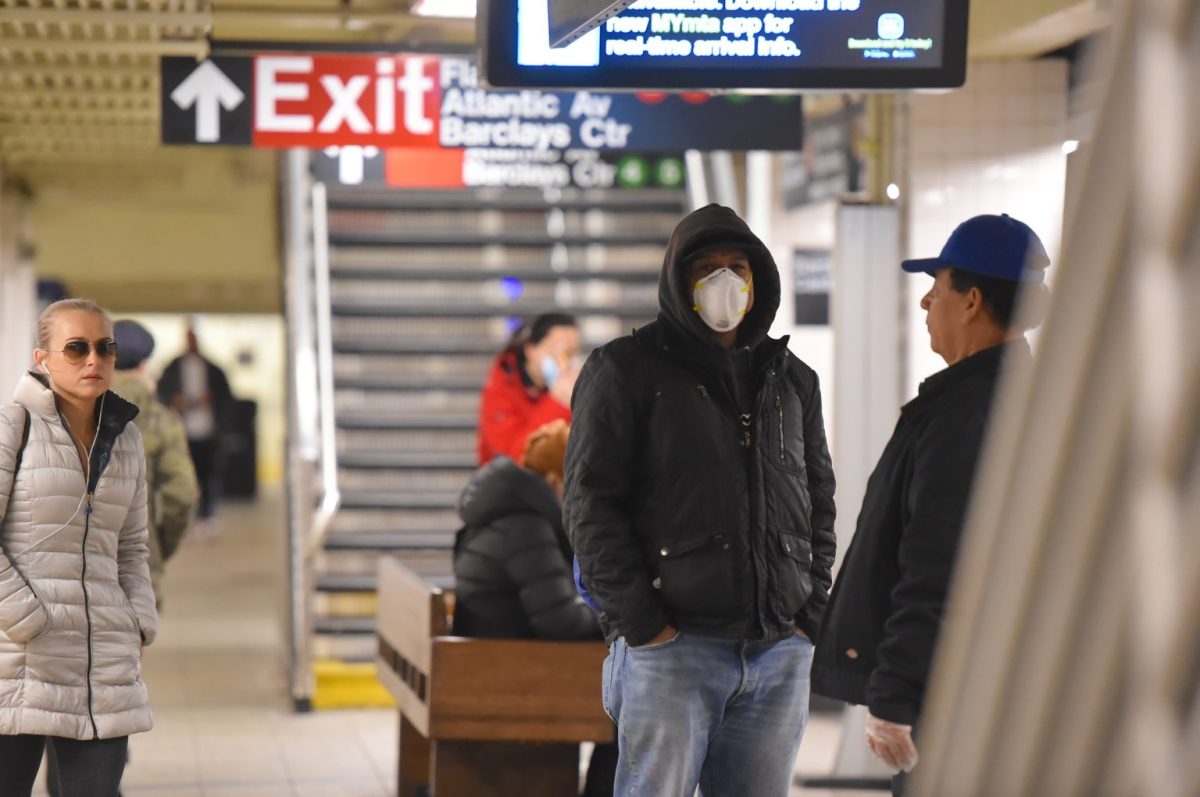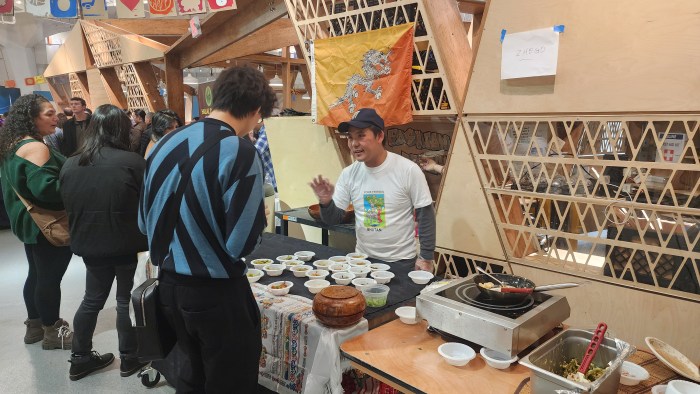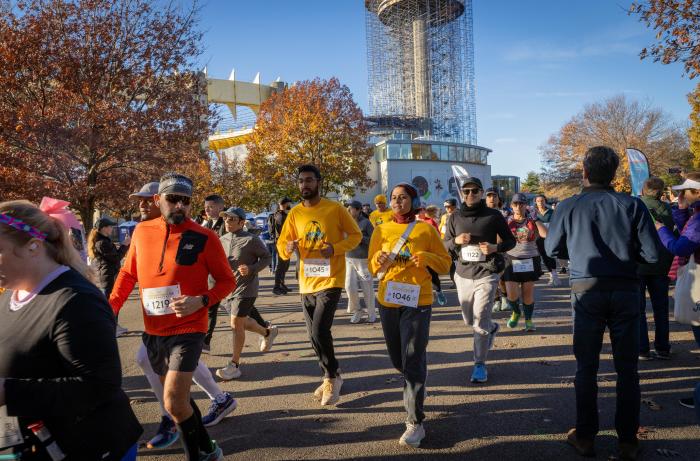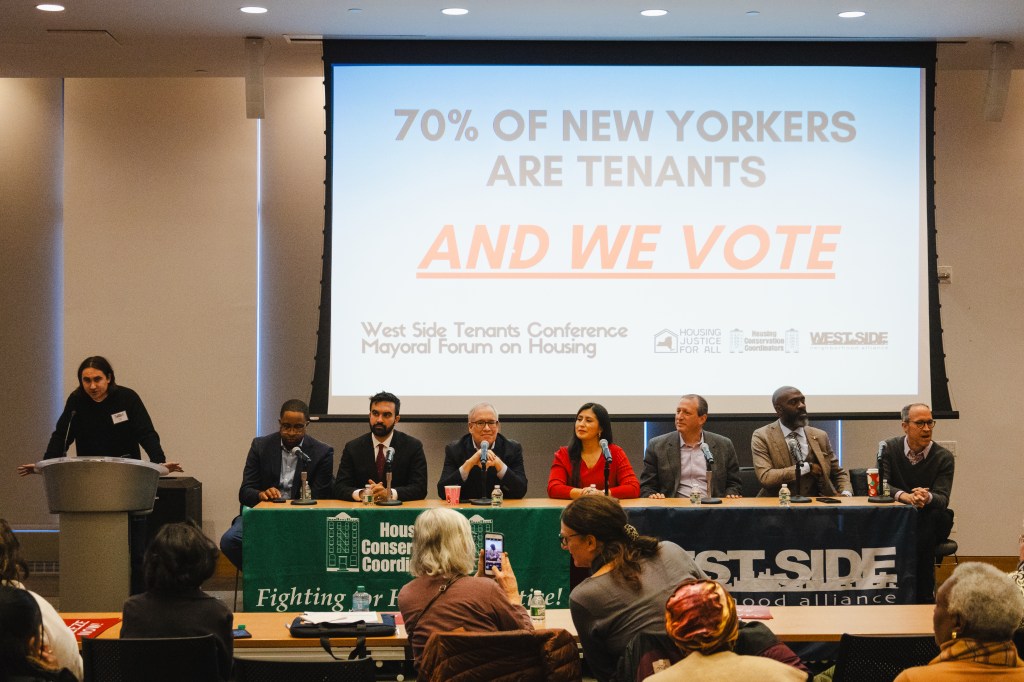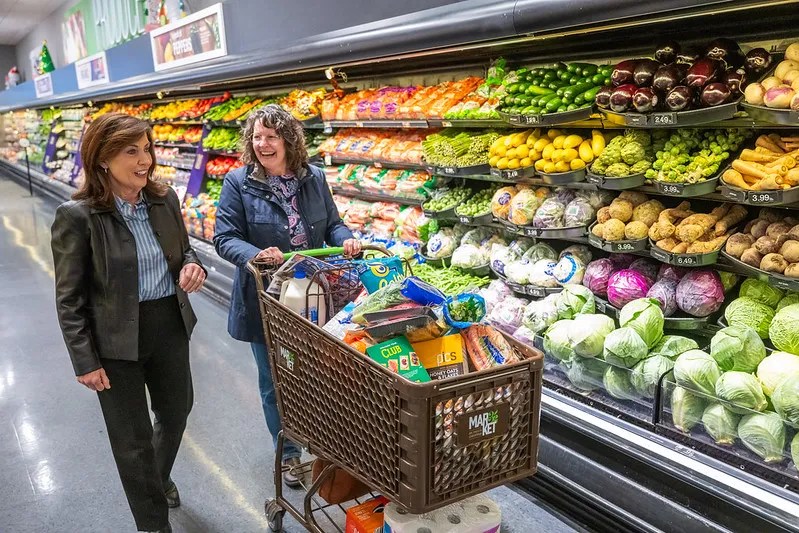A new study took a look at which communities in New York City are being hit the hardest by the COVID-19 pandemic.
The study, published by the Citizens’ Committee for Children of New York (CCC), examined communities that have had the most coronavirus-related deaths and compared that to the data they have on labor, overcrowding, English proficiency, health insurance and children with data from New York State and New York City Departments of Health.
According to their findings, as of April 5, the highest number of COVID-19 cases — based on ZIP code data — came from west or southeast Queens. Two western Queens ZIP codes had the most cases: the 11368 and 11369 ZIP codes have a 77.7 percent share of positive COVID-19 tests and 75.1 percent share, respectively. Following close behind is southeast Queens’ 11411 ZIP code, with a 73.6 percent share of positive COVID-19 tests.
Several other ZIP codes in the city saw high shares of positive COVID-19 tests, including Brooklyn’s 11219 (Borough Park, 69.1 percent), 11237 (Bushwick and Williamsburg, 67.2 percent), and the Bronx’s 10468 (Bronx Park and Fordham, 66.6 percent). According to CCC, many of these areas that have had high COVID-19 positive test rates have higher poverty rates when compared to the rest of the city.
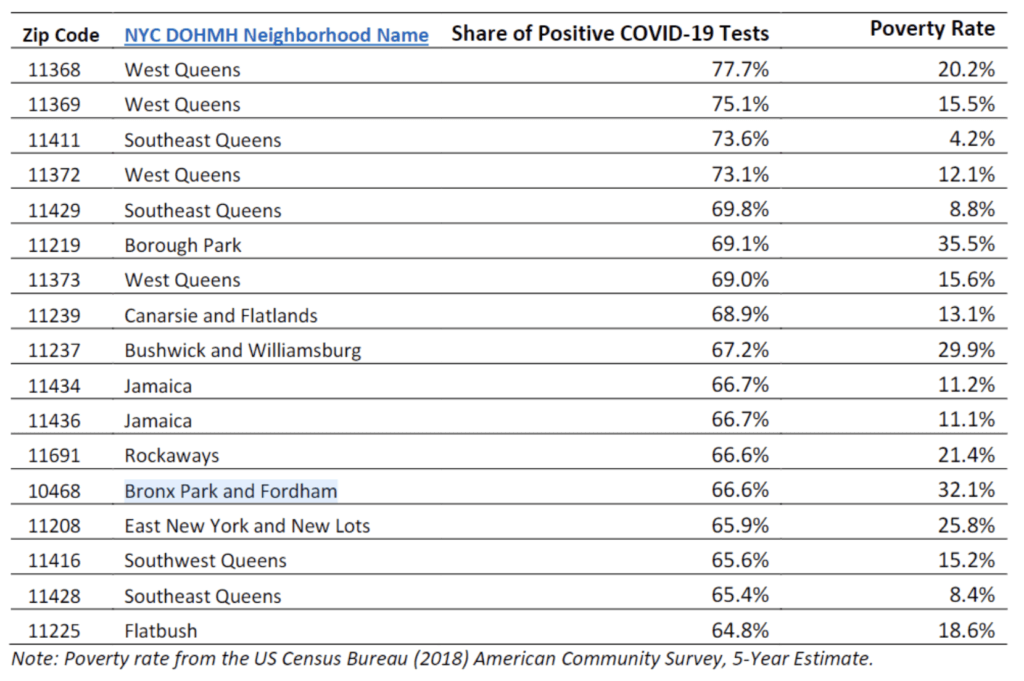
The study also found that the communities that have been affected by coronavirus the most have been predominantly black or Latino. According to the data found, more than half of residents in the western Queens area are Latino, and more than half of residents in southeast Queens are black. Preliminary data also shows that deaths from coronavirus among Hispanic (34 percent in total) and black (28 percent in total) patients are disproportionate to their share of the total population – Hispanic and black communities account for 29 percent and 22 percent, respectively, of the population.
The study took a look at which areas in New York City had the highest risk because of where they work. According to the study, about one in five residents in Jackson Heights, Elmhurst and Corona work in hospitality, accommodations and restaurants, while one in five workers in Jamaica, St. Albans and Queens Village work in health care — making all of these residents more vulnerable to catch COVID-19.
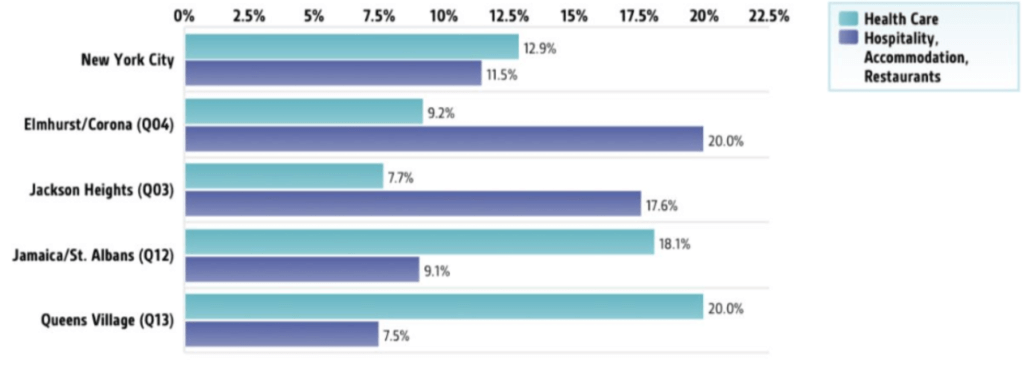
Those who live in areas where overcrowding is common are also more at risk for contracting COVID-19. According to the study, those living in areas that higher rates of overcrowded rental housing, meaning there is more than one person per room, such as Jackson Heights (where 25.7 percent of rental units are overcrowded), Elmhurst/Corona (25.3 percent) and Borough Park (24.7 percent) have high rates of positive coronavirus tests.
The study also found that areas where no one over the age of 5 speaks English “very well” had more cases of positive COVID-19 cases – several of these communities, including Jackson Heights and Elmhurst/Corona, also contain adults who do not have health insurance.
Finally, the report took a look at which communities had the highest rates where children could potentially lose a family member due to high rates of coronavirus. Among the highest COVID-19 positive communities with the most amount of children (aged 0 to 17 years old) include Jamaica/St. Albans with 54,132 children, Borough Park with 50,224 children and Canarsie with 46,656 children.
Click here to read the full study.
This story first appeared on amny.com.

